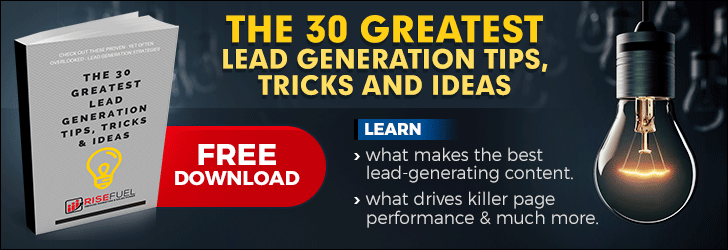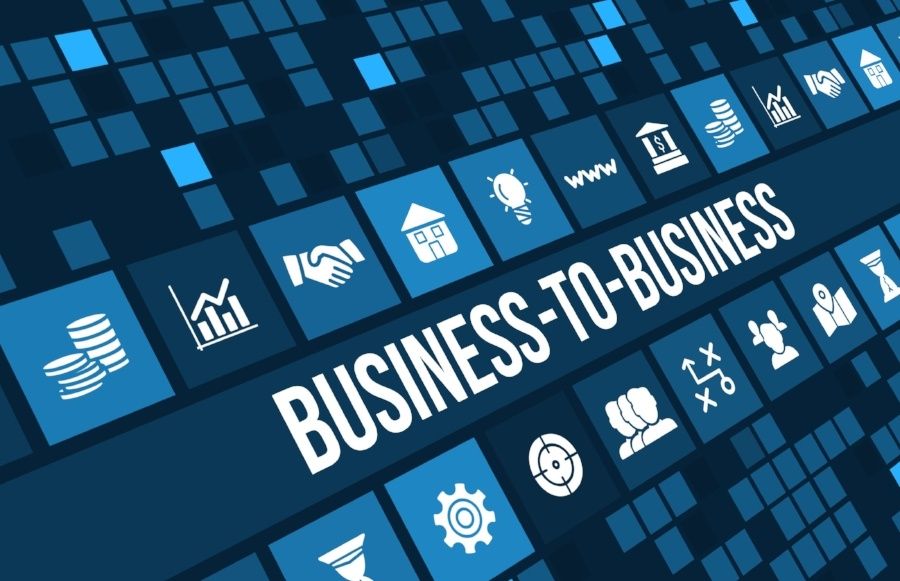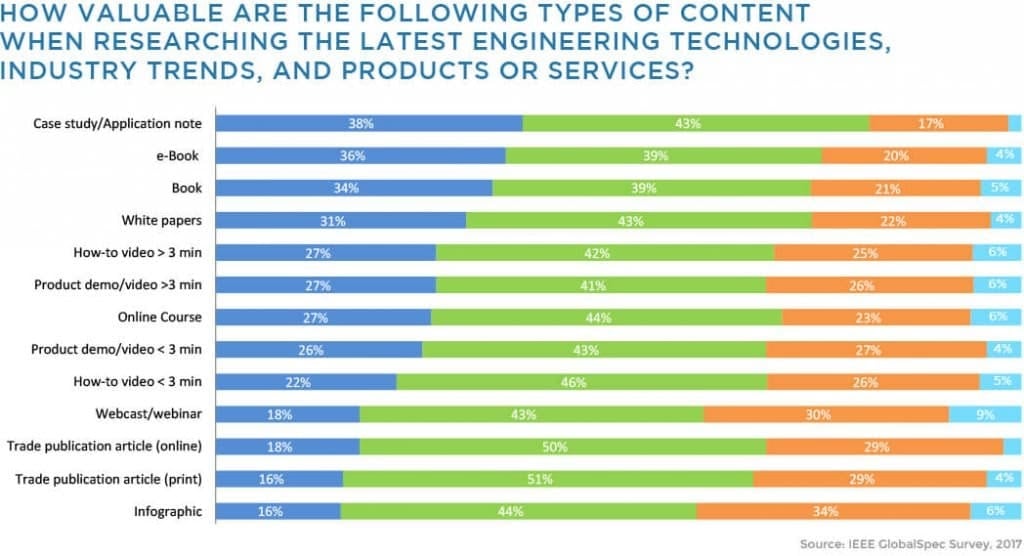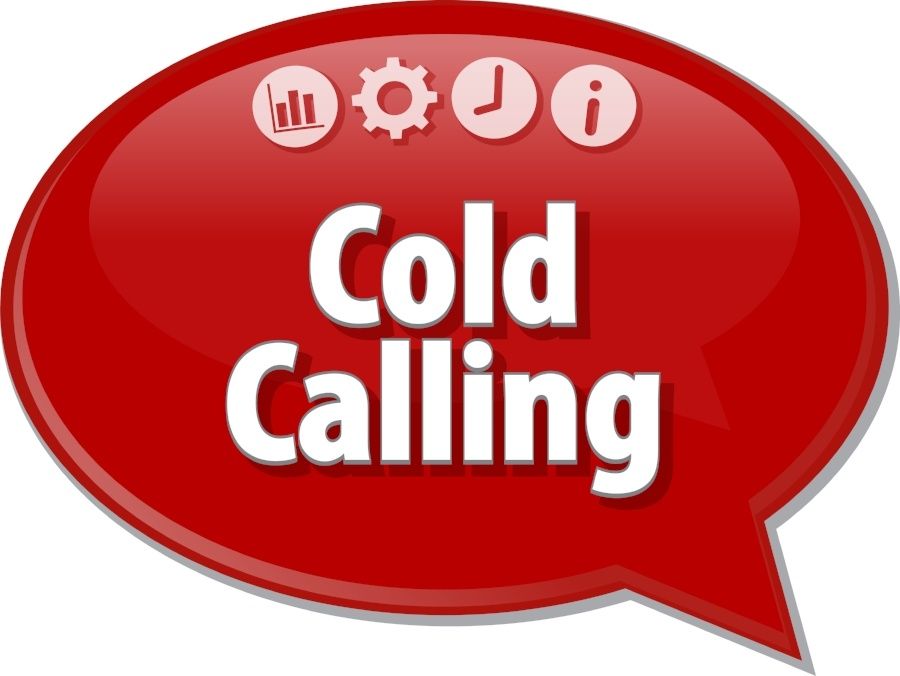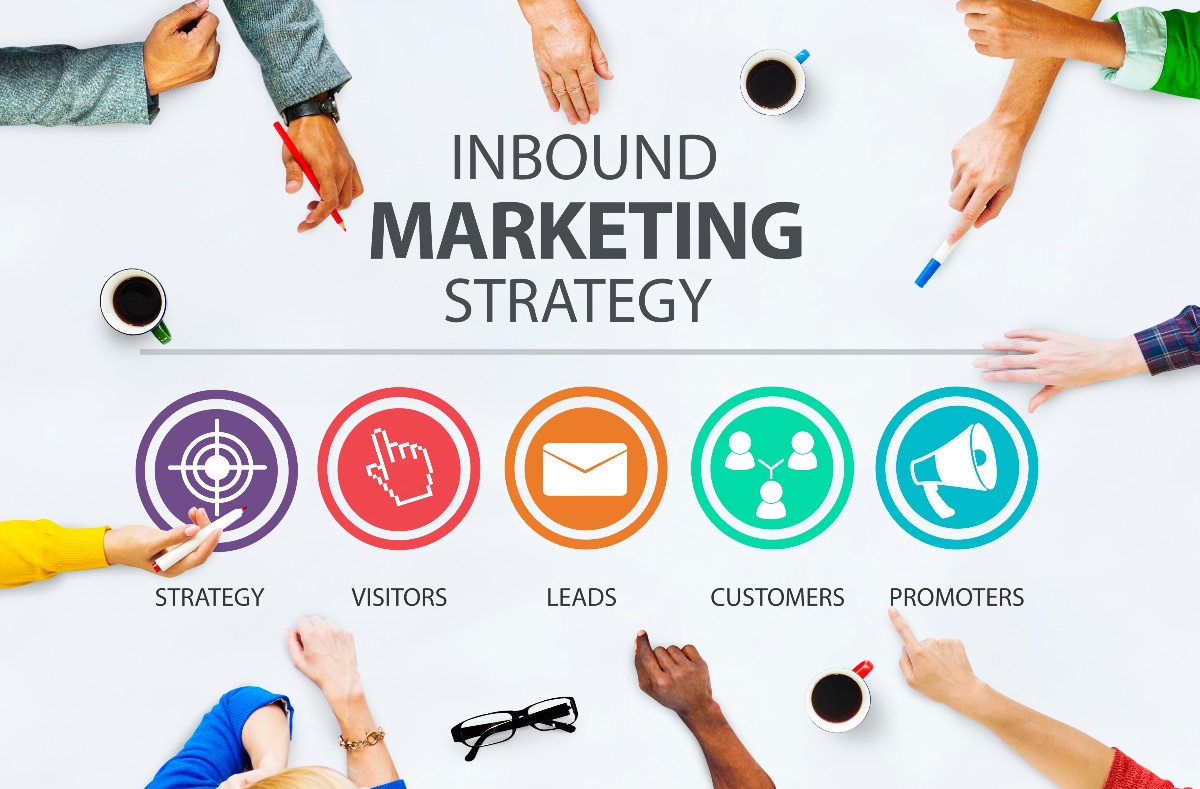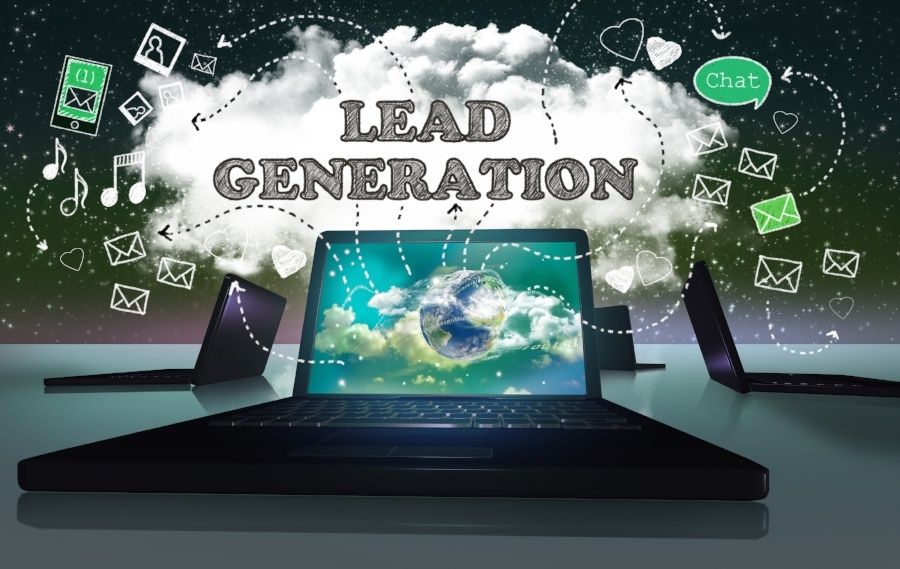
It's really not optional. If you're looking to sell your product or services to other businesses, lead generation has to be a core part of the equation. If you don't do it, your competition might outpace you. After all, 85% of B2B marketers consider lead generation their most important marketing goal.
Now comes the danger. Knowing that you need to prioritize lead generation can go sideways if you don't have a good idea, at the leadership level, what it actually entails.
A variety of tactics designed to hit the same goal can quickly become entangled without the right strategy behind it.
From your website to trade shows, lead generation marketing can mean a lot of things to a lot of people.
The good news: this is not rocket science. With these 12 steps, you can build your expertise in B2B lead generation and help your company grow as a result.
1) Define Your Meaning of a "Lead"
At its most basic, a lead is "a prospect who has indicated interest in your company's products in some way."
Of course, that's pretty broad. It can mean quite a few things:
- Sign ups to your newsletter
- Personal contacts through social media
- Prospects who filled out a digital contact form
- Potential customers at trade shows
And much more. Your first step in a comprehensive lead gen strategy, therefore, has to be defining exactly what you actually mean when you talk about a 'lead'.
Here, marketing and sales absolutely need to be on the same page. Your digital specialist might consider anyone who enters your mailing list a lead.
Your sales team disagrees, and only considers prospects who have been qualified to be relevant in some way.
Find a common and specific definition first to optimize your strategy towards that clearly defined audience to develop qualified leads.
2) Know Your Audience(s)
Once you know what a lead is in theoretical terms, take it into the practical realm. Which of your potential customers and target audience tend to fit this criteria? What do you know about them in terms of demographics, interests, and location?
One area to pay attention to: pain points. Knowing the problems your customers-to-be are looking to solve can define your entire lead-gen strategy.
B2B pain points can fall into a variety of categories, all of which are worth further investigation.
Based on your knowledge of your audience, create buyer personas. These are hypothetical customers that personify (hence the name) your ideal leads.
Optimizing your strategy towards personas helps you make the process, messages, and executions more real and relatable.
3) Build Effective Lead Magnets
With your audience defined and categorized, it's time to take a closer look at the elements that actually bring leads into your database.
Even in a B2B environment, few buyers will voluntarily raise their hands and ask for more promotional items. That's where lead magnets come into play.
The idea here is a basic value exchange: give your audience something they're looking for, and they'll be happy to give you their contact information in exchange.
Lead magnets can take on a variety of forms and shapes:
- eBooks and whitepapers including tutorials, guides, and trend reports.
- In-depth case studies with examples relevant to your audience's industry.
- Original research that relates to buyers' needs and pain points.
- Webinars that feature industry experts and relevant topics.
- Free trials and samples to help buyers on the fence test out the product.
Each of these (and other) lead magnets is gated behind a sign-up form, and speaks directly to your audience's interests and pain points.
That sign-up form, in return, lives on dedicated landing pages - which brings up the next step.
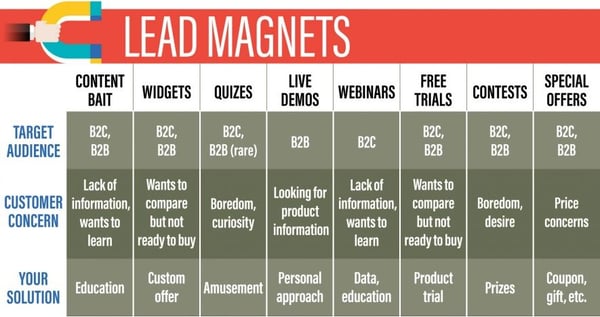
4) Optimize Your Landing Pages
Lead magnets are only as effective as the pages they live on (or behind). Landing pages, therefore, are an absolute core piece of any comprehensive B2B lead generation strategy.
Let's take a closer look at what it takes to optimize them:
- Clarity is key. Build each landing page with a single goal (conversion to your lead magnet) in mind. Every element of the page should drive towards that goal.
- Limit your text. A header, a short description, and a few bullets on how the lead magnet solves pain points is enough. No walls of text through long paragraphs.
- Include some visuals. A video is great, but even some effective still images can be effective.
- Build in social proof. A good word from your audience's peers or the people they consider experts can go a long way towards convincing them to convert.
- Provide clear calls to action. Tell your audience exactly where they need to click, and what they get out of it, in a simple button format.
- Streamline your form. Don't ask for more information than you need. In most cases, 4-8 form fields are enough.
5) Streamline Your Website Journey
We're building from the inside out. With your landing pages in place, make sure your user experience is optimized to the point where every visitor to your website can easily find them.
That means streamlining your entire website journey, from the homepage forward.
That's not an easy task to accomplish. It likely requires extensive user testing, performed specifically to see how easily your audience can find your landing pages and how likely they are to do so.
Add in complications like the fact that a significant portion of your audience never actually visits your homepage, and you have a significant task on your hands.
Of course, that fact can be to your advantage. Your web visitors may come through social media posts, digital ads, or search engine optimization to very specific pages.
Focusing these channels towards your landing pages is a significant part of your lead generation, each discussed below.
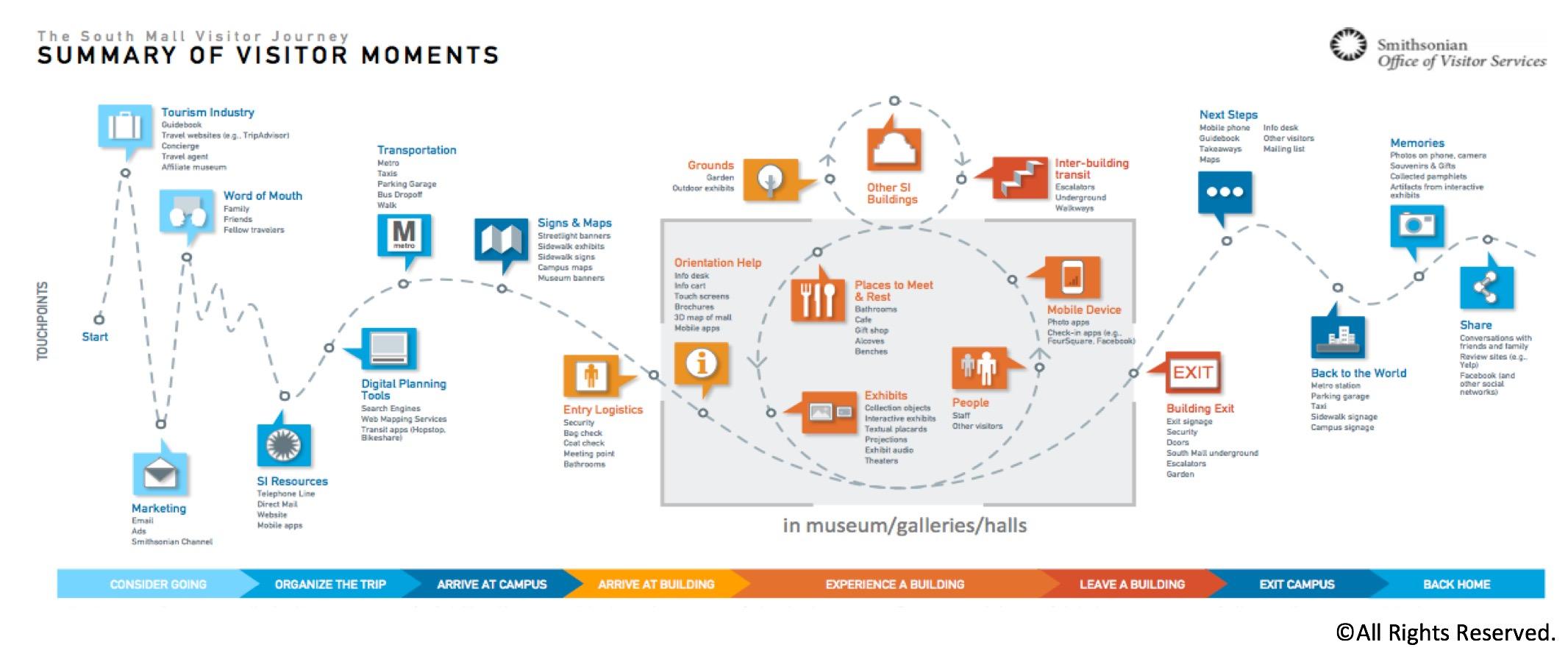
Source: Toptal
6) Drive Visitors Through SEO
When your audience looks for a solution to a problem they face, they do what almost every internet user does. They google it.
Knowing what they search for, and optimizing your website to show up highly ranked on those search engine results pages, can be a core piece of your inbound marketing strategy.
The nuances of SEO go beyond the scope of this post. What you need to know, for now, is that the pages most important to be prioritized are your landing pages.
At the same time, blogging can help you rank highly for individual keywords, especially when those blog posts link directly to your lead magnet landing pages.
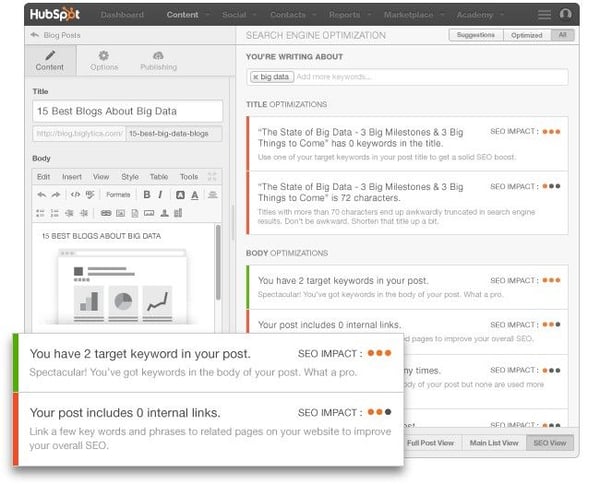
7) Engage Your Social Networks
Chances are you already have a social media strategy in place. That strategy, though, might not connect directly to your lead generation effort. A closer connection between the two might just be what the doctor ordered.
That doesn't mean simply linking continually to your landing pages. Those types of post don't tend to get a lot of engagement, let alone clicks. Instead, a more nuanced strategy tends to pay off.
LinkedIn, for example, can be a great lead generation tool. Post relevant content, personally seek out your connections and build relationships, or join relevant industry groups.
Similar efforts on Facebook and Twitter may be less successful, but are still worth a try.
And of course, monitoring industry conversations through social listening can allow you to chime in where needed and answer pain points discussed with links to your lead magnets.

8) Leverage Digital Ads
It's not just the unpaid efforts. Lead generation, in its best form, spans multiple channels, which will inevitably include digital ads.
Take social media ads as an example. Here, you can share a sentence or two about the benefits of downloading or viewing your lead magnet, then link directly to the landing page.
Better yet, lead ads allow you to capture audience contact information right on Facebook or LinkedIn.
Google search ads should also play a core role in your lead-gen strategy. Specifically target keywords related to the pain points your audience is searching for, then link to the lead magnets that contain the answer or at least a part of the puzzle.
The beauty of Google PPC ads is the fact that the results tends to be instant, which allows you to test out keywords and gain immediate insights and results while you wait for the longer-term SEO results to kick in.
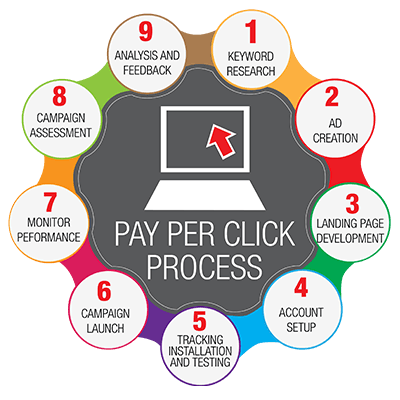
9) Prioritize Thought Leadership
In many ways, the key to lead generation is credibility. It's impossible to ask for your audience to give you their contact info if they don't trust that you will keep it safe, and offer something truly valuable in return.
Here, the concept of thought leadership enters the equation.
Your content marketing, other than generating leads, should have an overarching goal: establish your credibility and expertise on the topics relevant to both your business and your potential buyers.
Through blog posts, interviews, guest posts, and conversations with industry experts, look to enter that same realm of expertise.
Keep building on it until your company has quite literally made a name for itself as a trusted source within your industry.
10) Sync Up With Sales
Too often, we consider lead generation a marketing exercise. In many ways, it is. After all, you will gain your leads through a variety of marketing tactics, many of which are discussed above.
And yet, all of that is worthless if you don't also connect with sales and think ahead.
The best leads are those considered with the final sale in mind. The first touchpoint should already subtly lead towards that final pitch and conversion. That, in a nutshell, is the concept of inbound sales.
Of course, reaching that point is impossible without close communication between marketing and sales. Don't trust 'experts' who try to tell you these are two separate, disconnected area.
For best successful, especially with the complex sales cycles so common in the B2B world, marketing and sales have to be closely integrated.
It's not an easy thing to accomplish. What you need, at its most basic level, is constant communication.
Get feedback from marketing to sales on what tactics work best, and what messages you're communicating.
Then, get reverse feedback on quality of leads and pain points. This type of constant communication becomes invaluable over time.

11) Pay Attention to Lead Nurturing
Similar to the seeming duality of between marketing and sales, you'll often read and hear that lead generation and lead nurturing are two different concept. At their surface, they are.
At the same time, it's impossible to become an expert in one without considering the other.
Lead nurturing, of course, is the process of making sure that prospects entering your database flow through the buyer's journey and ultimately become customers.
That happens through a variety of channels:
- Nurturing emails, designed to follow up on lead magnet content and provide further context.
- Personal phone calls and/or text messages to build a closer relationship with potential buyers.
- Lead magnets designed to appeal to buyers in the consideration and decision stage.
- Social media groups and conversations designed to go beyond promotion.
In truth, lead nurturing starts the moment a new prospect hits your database. That means the strategy and plan for what happens at that moment and in the moments that follow already have to be considered and in place.
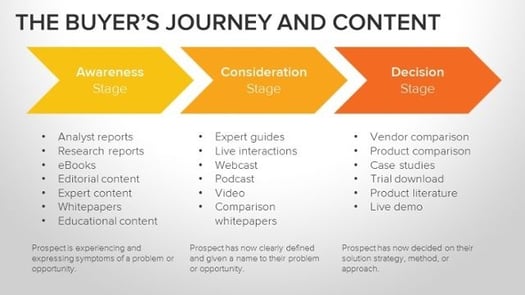
12) Track and Improve
Finally, successful B2B lead nurturing follows a core marketing truth: intuition is good, but data is better. Each of your tactics and efforts to generate leads should be connected to metrics that help you track their success.
The mindset to build is one of continuous improvement, constant iterative tweaks that improve your messaging, channel strategy, and lead magnets over time.
That means you need to know what metrics to track, how to benchmark them against industry averages, and how to build reports designed to show progress over time.
Platforms like HubSpot can be invaluable in helping you build this type of reporting structure.
And of course, you might need a partner to help you not just track, but build your marketing strategy and lead generation effort.
If you're ready for that step, let's chat. Our expertise in helping business-facing companies like you might match perfectly with your expertise in your industry to build this out.
We'd love to talk about the possibilities and opportunities within your lead generation efforts.



